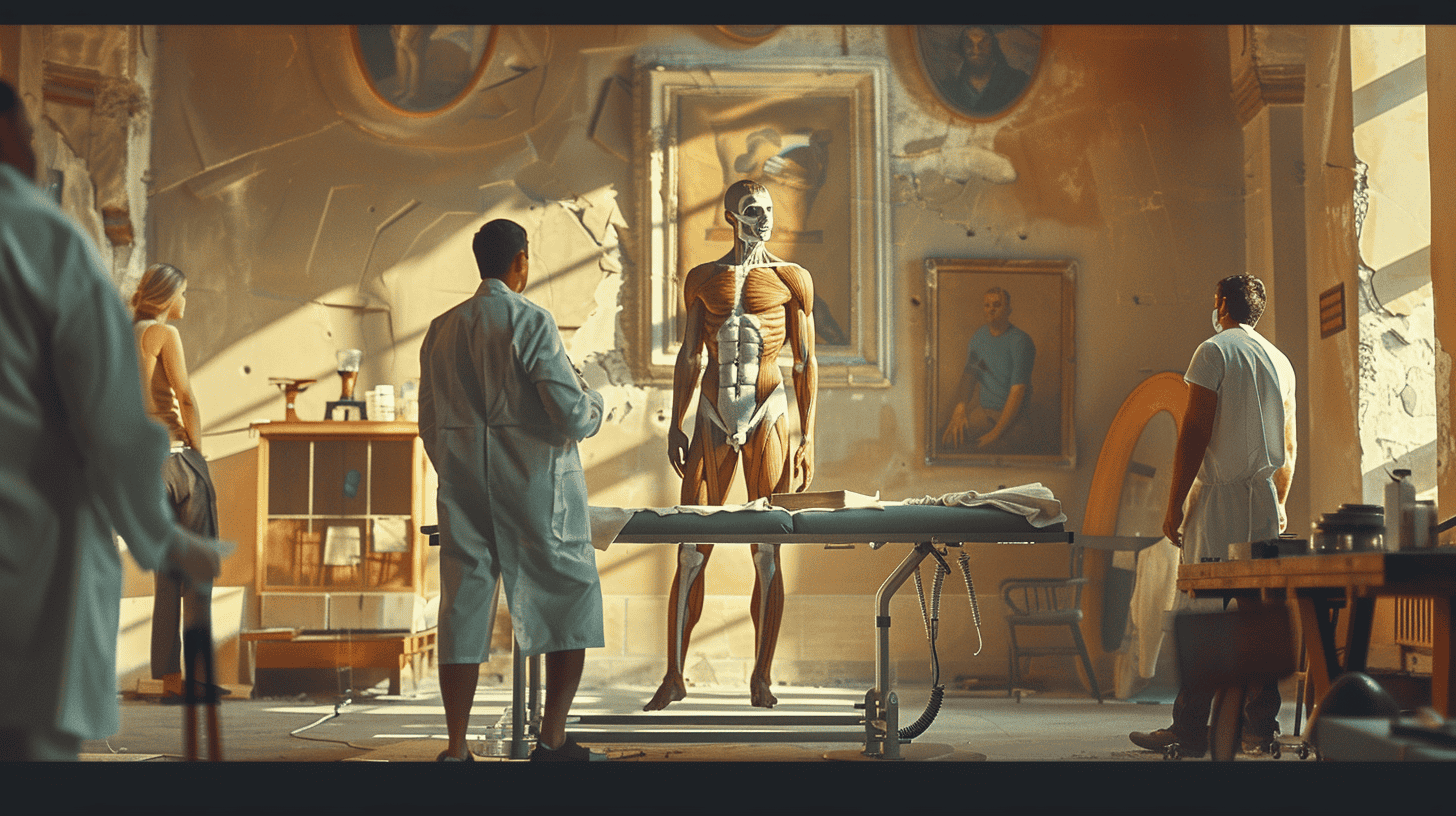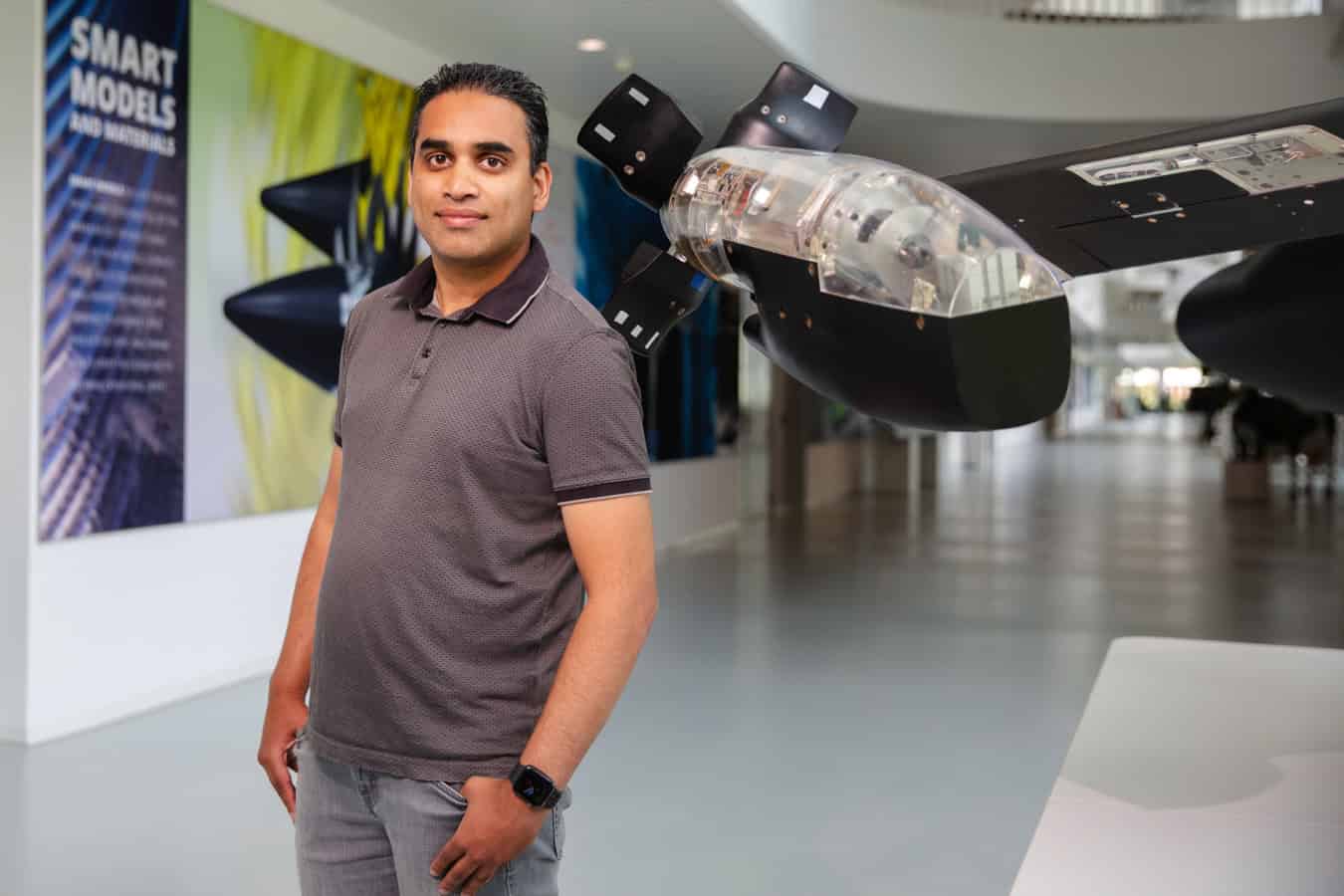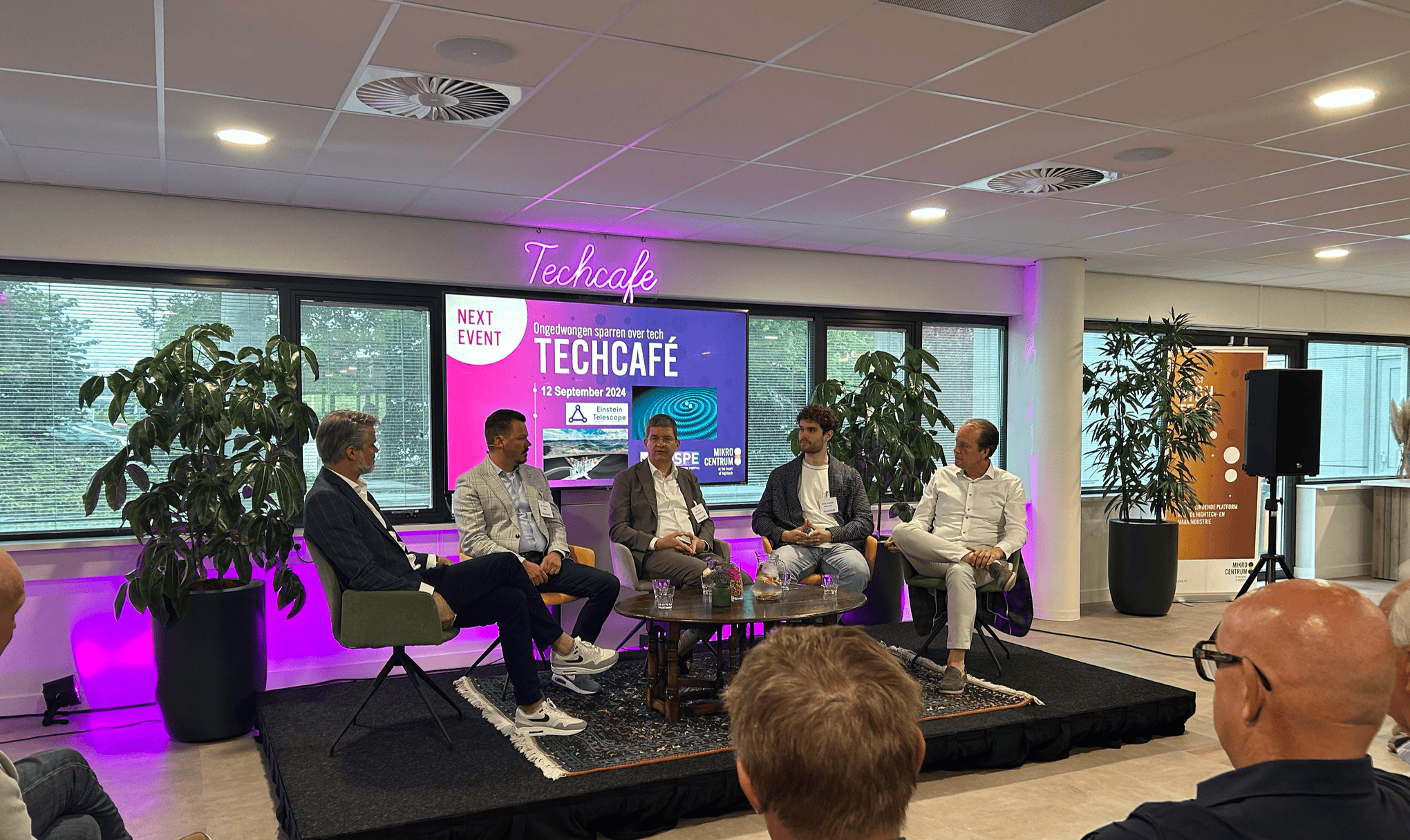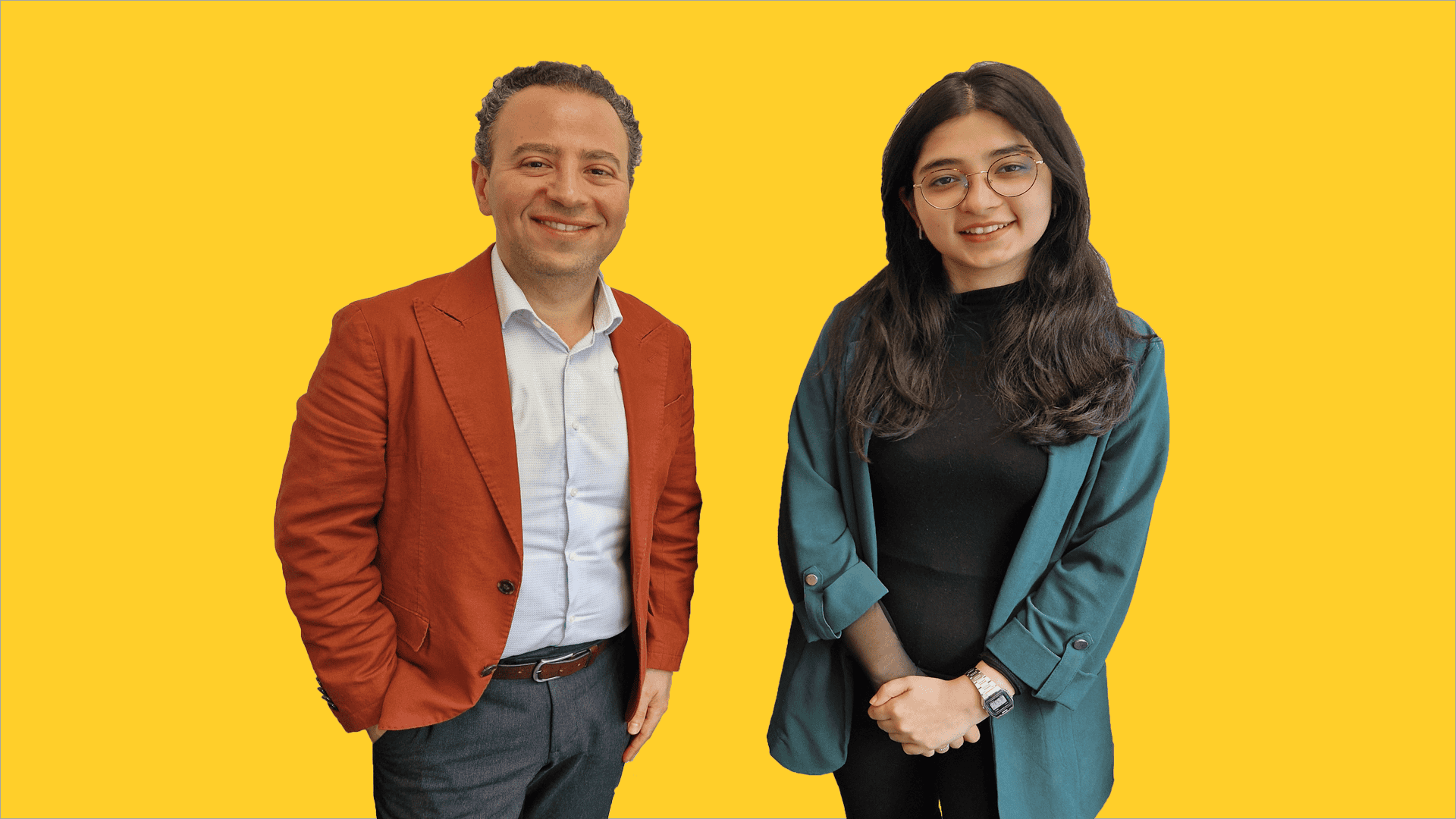
A new phenomenon: qualification rounds for the Olympic Games in skateboarding. The best skaters in the Netherlands are competing for qualification points for the 2020 Games on 13, 14 and 15 September. It is the Olympic debut for the sport.
Skateboarding is a sport where everything counts. For example, how to get your board off the ground by putting your feet in the right place, applying pressure and sliding the toes of one foot over the board so that it goes up and you are able to jump over obstacles. This basic trick is called the Ollie, an introduction to tricks like the flipkick, heelkicks, bigspin and boardslide. You mainly master the tricks by trial and error. The Urban Sport Performance Centre (USPC) in Eindhoven would like to support this in cooperation with imec Netherlands. As part of the interreg project Nano4Sports, imec Nederland has developed sensors for use on skateboards.
Nano4Sports uses sensor technology for the development of innovative solutions that allow people to partake in more sports more safely. “In football, it is standard to keep track of passes, gauge ball contact or see where the players are on the pitch,” says Maxime Verdijk, embedded scientist at the USPC. “This is not the case at all with urban sports. As part of the Nano4Sports project, we asked urban athletes what could help them further in their sport.” For skateboarders, that was about gaining more insight into how they do a trick, Verdijk continues. “Skaters have come a long way with their own video analyses. Just have a look on your phone afterwards: what did I do and how else could I do it? But for the minor details, it’s obviously super cool to know how I place my feet, how fast I go and how long I’m in the air.”
‘Better off breaking your leg’
Early 2019 it became a graduation project for Jesse Kling, who studied mechatronics at Fontys University of Applied Sciences. He completed this assignment in June; at the same time he could work as an engineer at the research office. “No, I’m not a skateboarder myself. I always have played volleyball,” Kling says. In order to better understand the skateboarding world, he interviewed coaches and all kinds of skateboarders, professionals as well as amateurs. “If you start talking about training, you’re almost immediately kicked out of the room. They don’t see it as training – it’s a lifestyle. This cultural aspect is very important. In fact, the idea is: you’re better off breaking your leg than having someone teach you how to skate.’ This view is especially prevalent among “mainstream skaters”, Kling discovered. “I also spoke to the Dutch delegation for the Tokyo Games. Candy Jacobs for example. She is a lot more open and sees room for improvement with new technologies.”
In addition to these cultural restrictions, Kling also faced a number of physical ones. “Just look at the skateboard itself. It’s not the done thing to drill a hole in the board and certainly not to put a cable through it and bolt that with a screw. The skateboarder notices everything that changes on a board. If the board gets a little heavier or is no longer level. Every change has an effect. I would prefer to use the sensors in the trucks (the wheel mounts, ed.), but it hasn’t been developed as far as that yet.”
Also, the sensors themselves must not be damaged, which would quickly happen anyway what with all those turns and tricks in the air and on railings. “It can’t be too small.” Eventually, the sensors were mounted behind the trucks as a concession to the board. “Sensors that measure the placement of the feet and weight distribution are located on the side of the board and are covered with a rubber covering. You can see whether you are leaning forward or more backward with these sensors. This is very relevant when it comes to taking off or landing. You can’t see that kind of data on a video.”
Making every movement visible
The reaction from the skating scene was the best thing that both Kling and Verdijk noticed. That initially reserved and somewhat skeptical attitude changed as soon as Kling showed what the sensors are cabpable of. Kling: “It can be really mesmerizing for people who have never come into contact with this before.” Kling and Verdijk went to various skate parks to test the prototype with skateboarders. ” When they see how their board moves, they can keep watching it for several minutes.” According to Kling, the biggest challenge is to make this tangible: “How do you make this data visual so that people who don’t know any technology or mathematics are able to understand it?”
Every movement of a board can be viewed in real time in a 3D image on the computer: airtime, rotation, acceleration. The 18-year-old skater Theo van den Berg was allowed to test Kling’s prototype. “That was cool. I had never seen how hard my board flips (turns, ed.) are or where I apply pressure.” He did notice that it was a prototype: in a number of tricks, the box under the board fell off. It wasn’t his board either and that skates differently, says Van den Berg. “I think that if you can put it under my board, it would be easier to measure everything. With a different board, tricks work five times out of ten. Whereas with my board, nine times out of ten.” Van den Berg likes the idea of using the data obtained from the sensors on the board so that he can become a better skateboarder. He takes part in competitions and is keen to improve. Some days he dreams of the Games in 2024. “I have not been selected for 2020. But if you get better, it will be easier to make the selection.”
The skate project for Nano4Sports has now been completed. Kling would like to develop it further, but he is no longer involved with this at imec Netherlands. If there is a partner that imec can work with on the further development of the prototype, Kling hopes to have a role to play in this as well.








